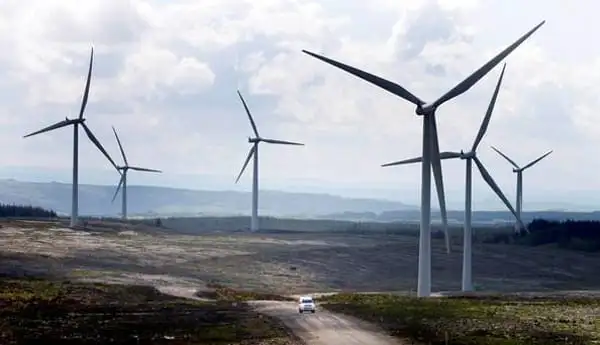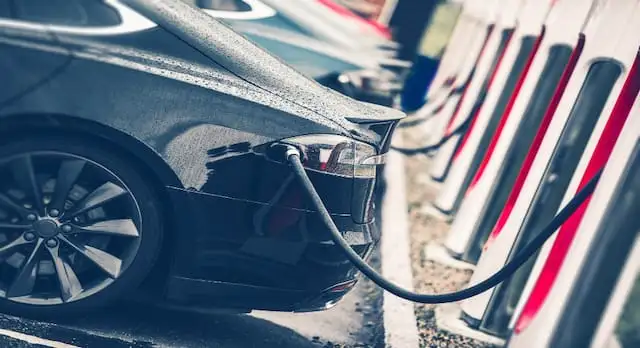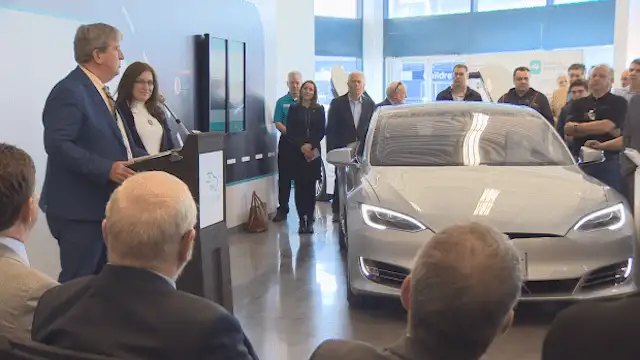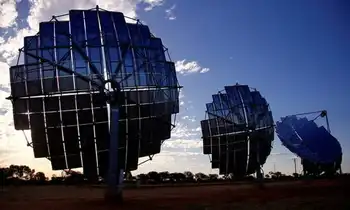More than a third of Irish electricity to be green within four years

Substation Relay Protection Training
Our customized live online or in‑person group training can be delivered to your staff at your location.

- Live Online
- 12 hours Instructor-led
- Group Training Available
Ireland Wind and Solar Share 2022 highlights IEA projections of over 33% electricity generation from renewables, with variable renewable energy growth, capacity targets, EU policy shifts, and investments accelerating wind and solar deployment.
Key Points
IEA forecasts wind and solar to exceed 33% of Ireland's electricity by 2022, second in variable renewables after Denmark.
✅ IEA expects Ireland to surpass 33% wind and solar by 2022
✅ Denmark leads at ~70%; Germany and UK exceed 25%
✅ Investments and capacity targets drive renewable growth
The share of wind and solar in total electricity generation in Ireland is expected to exceed 33pc by 2022, according to the 'Renewables 2017' report from the International Energy Agency (IEA).
Among the findings, the report says that Denmark is on course to be the world leader in the variable renewable energy sector, with 70pc of its electricity generation expected to come from wind and solar renewables by 2022.
The Nordic country will be followed by Ireland, Germany and the UK, all of which are expected see their share of wind and solar energy in total electricity generation exceed 25pc, according to the IEA report.
In a move to increase the level of wind generation in Ireland, the Government-controlled Ireland Strategic Investment Fund (Isif) teamed up with German solar and wind park operator Capital Stage in January to invest €140m in 20 solar parks in Ireland.
#google#
The parks are being developed by Dublin-based Power Capital, and it marks the first time that Isif has committed to financing solar park developments in this country.
Globally, renewables accounted for almost two-thirds of net new power capacity, with nearly 165 gigawatts (GW) coming online in 2016.
This was a record year that was largely driven by a booming solar market in China and around the world.
In 2016 solar capacity around the world grew by 50pc, reaching over 74 GW, with China's solar PV accounting for almost half of this expansion. In another first, solar energy additions rose faster than any other fuel, surpassing the net growth in coal, the IEA report found.
China alone is responsible for over two-fifths of global renewable capacity growth, which, according to the IEA, is largely driven by concerns about the country's air pollution and capacity targets.
The Asian giant is also the world market leader in hydropower, bioenergy for electricity and heat, and electric vehicles, the IEA report said. In 2016 the United States remained the second largest growth market for renewables.
However, with US President Donald Trump withdrawing the country from the Paris Agreement on climate change, the country's commitment to renewable energy faces policy uncertainty.
Meanwhile, India continues to grow its renewable electricity capacity, and by 2022, the country is expected to more than double its current renewable electricity capacity, according to the IEA. For the first time, this growth over the forecast period (2016-2022) is higher compared with the European Union, according to the report.
Meanwhile in the EU, renewable energy growth over the forecast period is 40pc lower compared with the previous five-year period.
The low forecast in respect of the EU is based on a number of factors, the IEA said, including weaker electricity demand, overcapacity, and limited visibility on forthcoming auction capacity volumes in some markets.
Overall, the Government has committed to generating 40pc of its electricity from renewable energy sources by 2020.
That target is set to be missed, which would see the Government eventually having to fork out hundreds of millions of euro for carbon credits.
Later this year, Ireland will host Europe's biggest summit on Climate Innovation, during which over 50 nationwide events and initiatives will be held.











